Horse Market in Wehlau
The first documented evidence of a horse market in Wehlau dates back to 1613. At that time, the market was located on the square in front of the Alletor, next to the monastery where Duke Albrecht granted Wehlau city rights in 1561. However, there was not enough space, and in 1712 the horse market separated from the general city fair and moved to the Rossmarkt at the opposite end of Wehlau, at the current confluence of the Pregolya and Lava rivers.
Soon there was not enough space there either. So the horse market was moved again, this time to the south of the St. Jacob's Church, to the meadows between Schanze and Parkstrasse (now Chernyakhovsky Street). Since 1896, the horse market in Wehlau became the largest in Europe. At the beginning of July each year, at least 9,000 (according to some sources, 20,000) horses and 3,000 heads of cattle were on the market. Before the First World War, horses from Russia were also sold at the market. The market lasted 8 days. Buyers were not only from East and West Prussia, but also from abroad - Austria, Denmark, Sweden, Serbia.
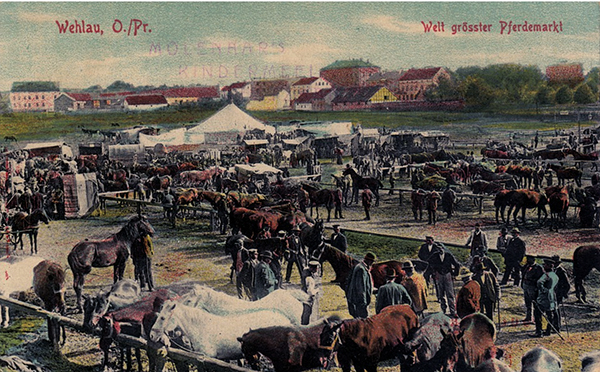
The purchase of a horse was traditionally accompanied by a handshake and a glass of schnapps. Throughout the entire period of the horse market's operation, life was in full swing in Wehlau. Innkeepers counted the profits from the beer and schnapps sold, the townspeople from the rooms rented out, and the city authorities from the fees for the right to trade.

Here is how a local resident described the horse market in Wehlau:
Old nags were given schnapps
Wehlau was famous for the largest horse market in Europe. At the turn of the 19th and 20th centuries, East Prussia remained an agricultural region. But even tractors, which appeared later, could not completely displace horses from everyday life. And the Trakehner breed of horses is still a clear proof of this today.
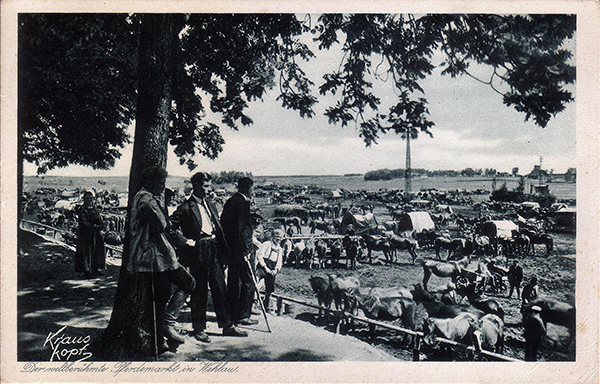
The entire population of East Prussia prepared for the entire year for the annual horse market, which always began on the first Monday in July. On Sunday, all the approaches to Wehlau, all the nearby meadows and fields, all the city streets were filled with horses, people and cars. Special parking lots were organized for cars.
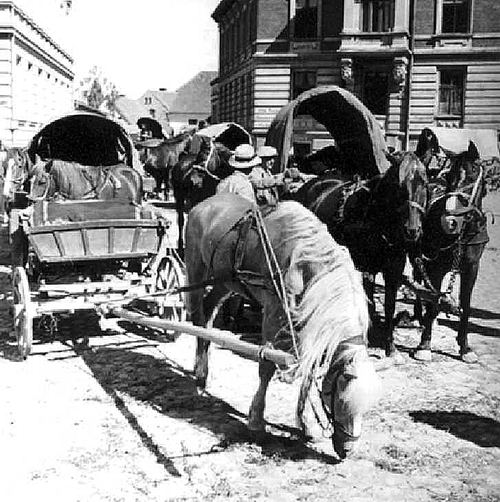
On Monday, all the horses were taken to the pasture south of Schanze, where the city authorities had previously set up hitching posts and watering troughs for the horses. A special tax was taken from each horse (as well as from each car), which went to the city treasury. The money went to the treasury quite a bit, if you consider that in 1939, for example, 16,000 horses were put on display at the market. All the horses at the market were examined by veterinarians. From the scene of the events, Königsberg Radio broadcast live to Germany and even abroad. The reports were hosted by Wehlau native Role Rosengart, who joked and entertained listeners in the East Prussian dialect.
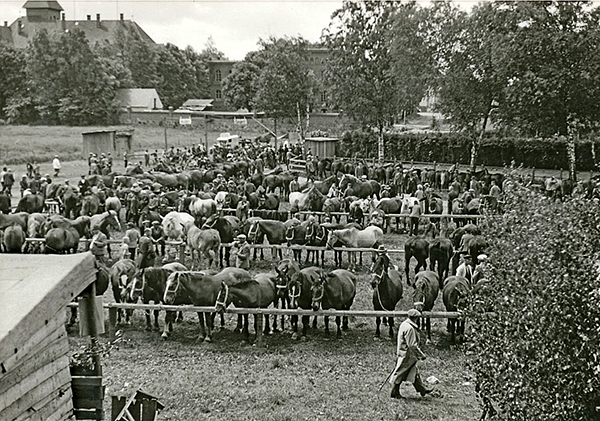
At the market itself, car after car, cart after cart, horse after horse – everything was arranged in perfect order. Until 1933, there was a shooting range at the market. Gypsies scurried about, gypsy women told fortunes. Each purchase was accompanied by a resounding handshake and flavored with beer and schnapps. The air was filled with a constant hum of voices, accompanied by the shouts of traders and the incessant neighing of horses. In this market bustle, orchestras thundered near cafes and restaurants. The fair was in full swing. It had everything: roller coasters, midgets, belly dancing and many rides.
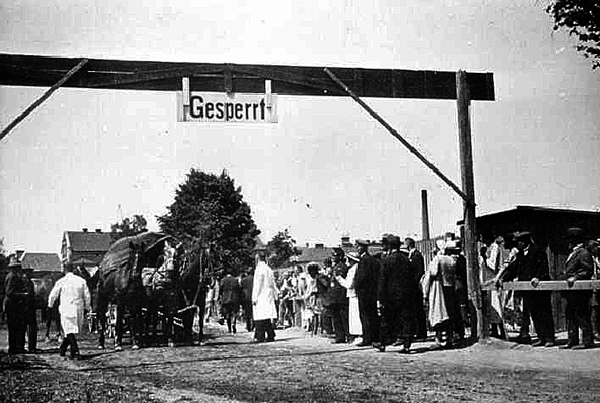
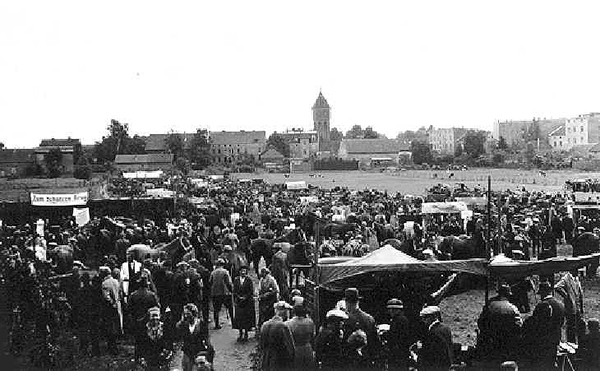
All the tables in the cafes and restaurants were occupied. The curfew was lifted for the duration of the fair (in the text of Polizeistunde. it is not entirely clear which years are being discussed and which curfew – perhaps it was about the police not being as vigilant as usual at night, or about the establishments being allowed to work temporarily around the clock. – admin ). Therefore in the morning you could see peasants and townspeople blissfully sleeping at the tables of the cafes, although, of course, most of the traders and buyers rented accommodation. They even rented out double beds. Some, to save money, spent the night on the street right next to their horses. Those who could afford it (especially car owners) went to spend the night in hotels in neighboring towns and even in Königsberg. There was work on the railway too. Special additional trains were formed for the duration of the horse market, even from Berlin. And all this fair madness lasted for almost three weeks.
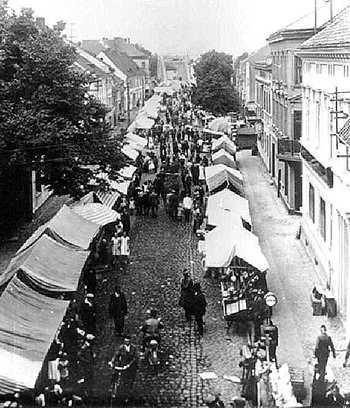
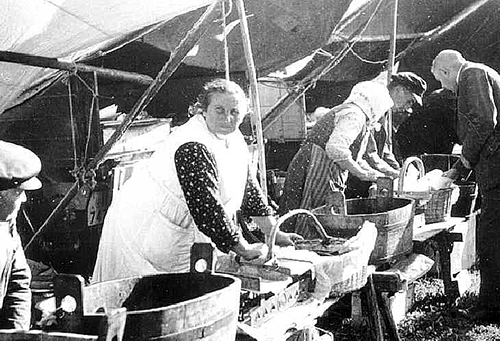
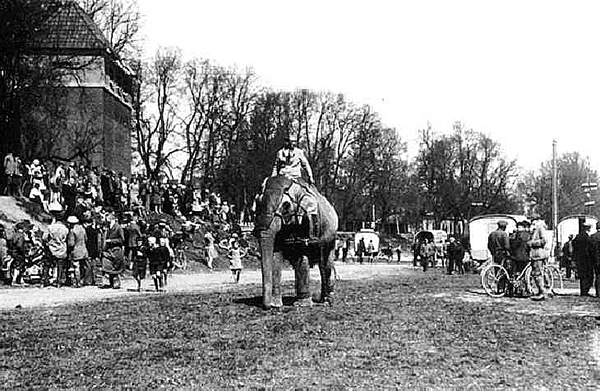
When buying a horse, you had to be an experienced specialist so as not to be fooled. The locals called it "cooking up a new horse." The old nag had its teeth cleaned and other external signs of age removed, and was given food with added lime. A small amount of arsenic made the nag's skin shine, and a piece of bread soaked in schnapps fed to it on market days gave its eyes fire and its character a spirit. The corner where peasant horses were sold and exchanged was the place for especially loud shouts and characteristic comedy. The tipsy Bauers had been pushing among the hitching posts since the morning. Then another buyer stopped in front of one of the updated nags. The seller, trying to present his goods in the best possible light, put his ten-year-old son on the horse, and encouraging the nag with a whip, hit the boy on the bare knees, causing him to howl loudly. "What are you howling about, kid? “Come on, show us what our stallion is capable of!”
(source: Wehlauer Heimatbrief, No. 60, 1998)
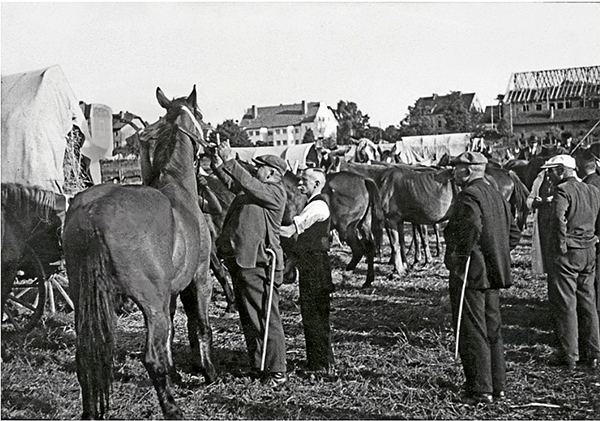
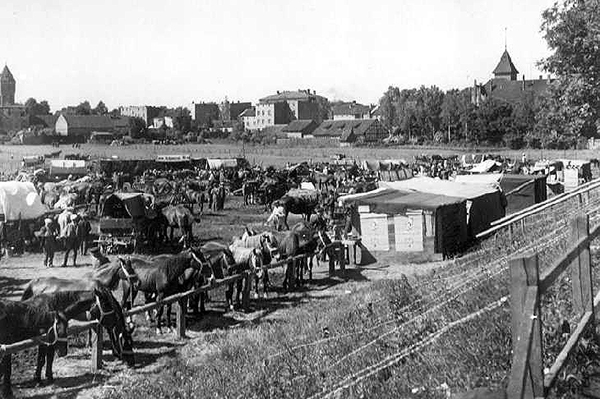
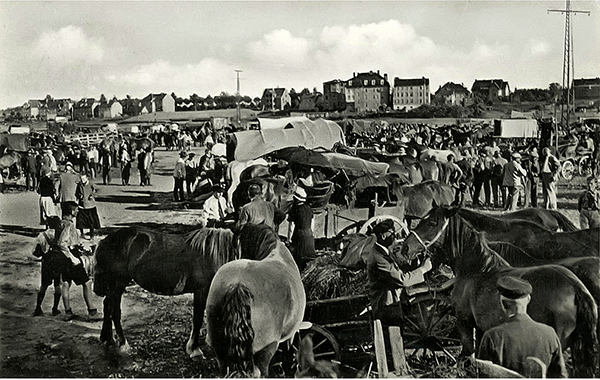
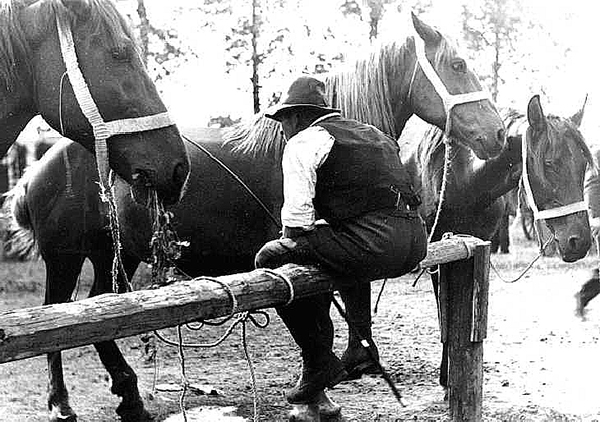
Excerpt from the book by Alfred Rodhe “Young Corinth*” (Alfred Rodhe “Der Junge Korinth”, Berlin, Rembrandt, 1941):
"More impressive, more powerful, more varied and colorful, was for the teenager [Lovis Korints] the horse market in Wehlau. It was a folk festival, a family festival, but there was also trade. Everything was bought and sold in the shops and stalls on the Schanze meadow, at this seething and noisy fair with its giant women, mermaids and other curiosities, with its shooting galleries and beer halls, where fat waitresses served the drunken, carousing public. The market itself was teeming with horses of Russian and Lithuanian origin, and horses from the famous Prussian stud farms. And all of them were accompanied by a motley crowd from all over the world, and especially from the East. A wealthy tanner from Tapiau would arrive here with his entire large family, usually on two carts fully loaded with hides, and in the evening he would return home with so many purchases that they would barely fit on the same carts.”
* Lovis Corinth (1858-1925) was a German artist and a representative of impressionism. He was born in Tapiau into a tanner's family, studied at the Kneiphof Gymnasium in Königsberg, and then at the Königsberg Academy of Arts.
